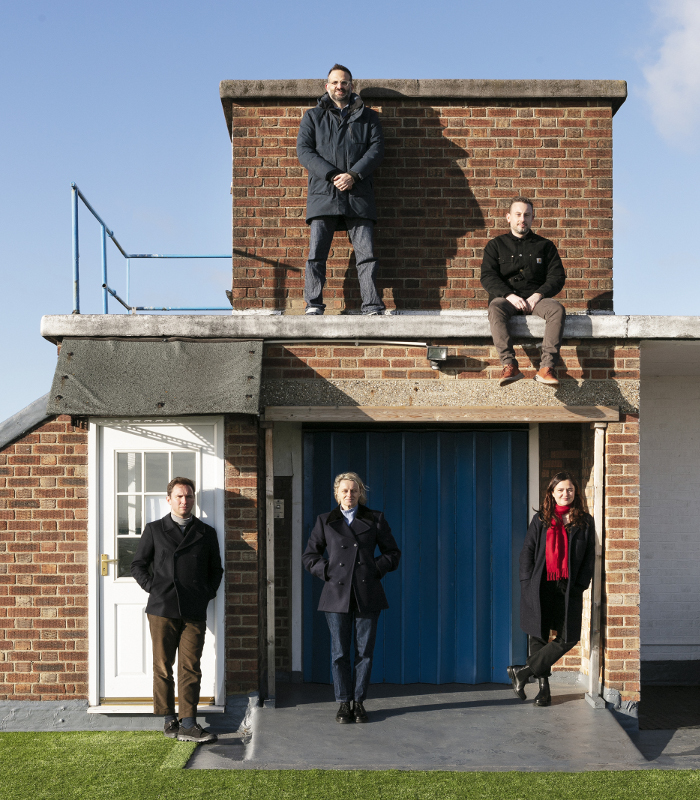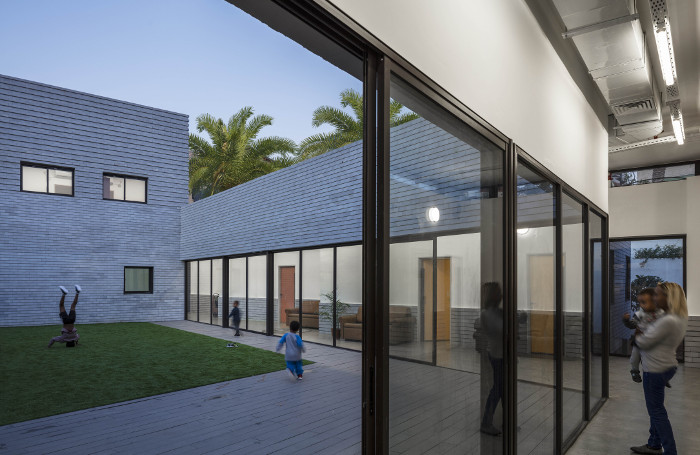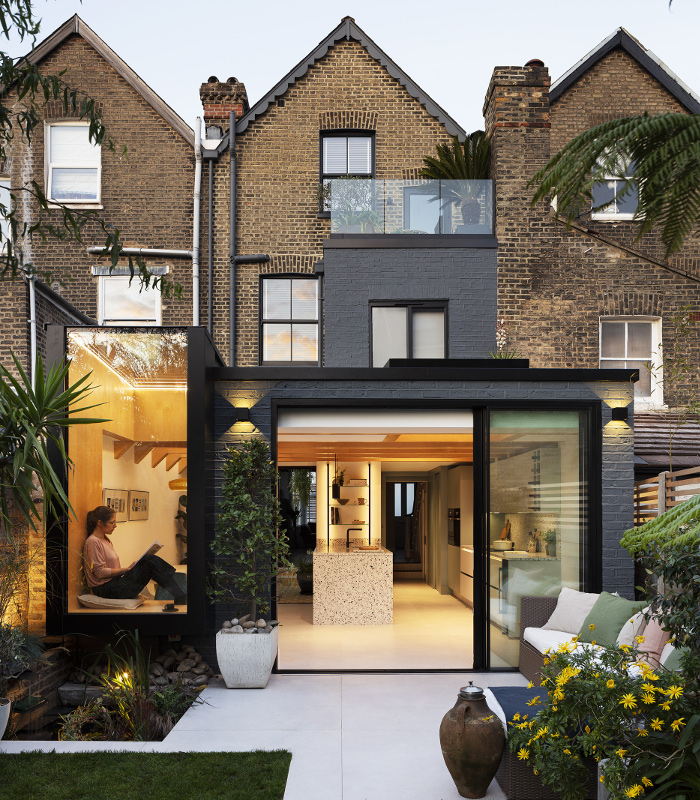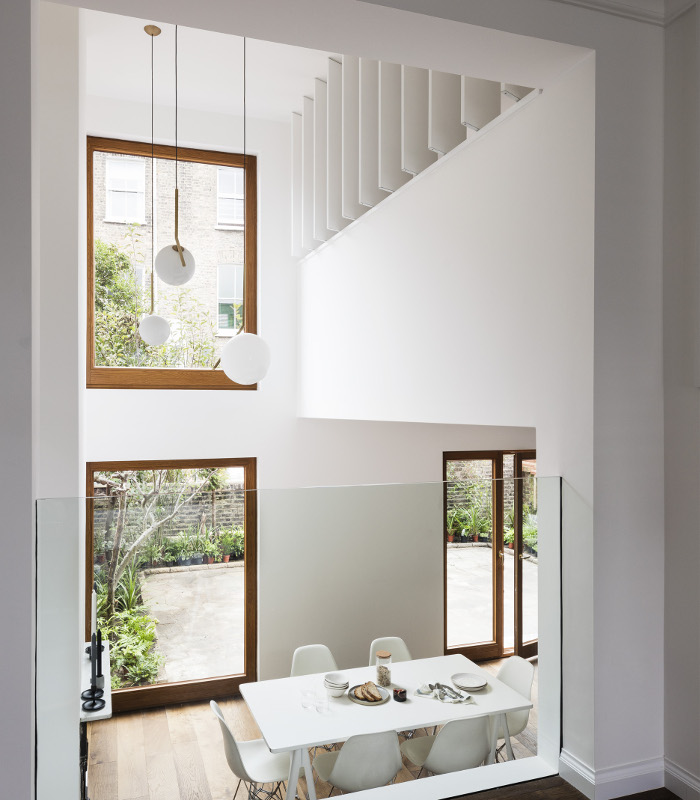Amos Goldreich Architecture is an award-winning, London based architectural practice, founded in 2010. They deliver projects varying in typology and scale: from new-build private housing, to a domestic violence refuge centre for an international charity as well as commercial schemes.
They are deeply invested in the positive impact their designs have on people and promote inclusiveness, specially welcoming projects from clients with particular needs. Their approach is always to design with, not for their clients — by listening, collaborating, and never imposing a preconceived idea or style.
At the forefront of every project is the connection to nature and the community, which has a strong impact on the success of creating a healthy built environment, in their view. They are minded to be involved in projects that contribute to individuals’ and society’s good, including charitable causes such as the think-tank Architects Aware to tackle homelessness, and fundraising through Design Surgeries.

What projects are you working on at the moment?
The studio is currently involved with a number of exciting schemes, both for private clients as well as developers. Among these, we are focusing on several unique projects for clients with special needs for which we are conducting research into innovative materials, construction methods, technology, and inclusive design. We have submitted a planning application for a new-build house in Barnet, for a family with a young blind child who is also a wheelchair-user. We are also extensively adapting and retrofitting a Victorian terraced house to improve mobility and use throughout the house.
You recently switched to a 4.5-day working week. Please explain why and what the benefits have been so far?
The pandemic was an eye-opener and opportunity to reflect on our work methods and strategies to improve our service to clients, as well as the staff’s wellbeing. Our profession is notorious for working staff overtime which is not productive in the long-run and not conducive with their wellbeing, which in turn can adversely affect the quality of the output. After studying shorter workweek models in other architectural practices worldwide, we jointly decided to give it a go and embark on a 4.5-day week. This means we work 35 hours weekly, finishing earlier on Fridays, without a salary reduction. Clients have embraced this ethos and we have seen an increase in our productivity and a significant positive impact on our wellbeing and job satisfaction.

You put a lot of emphasis on collaborating with your clients. Please explain why this is important to you.
Since our approach is collaborative, our starting point is always to listen to the clients’ needs and deliver thoughtful and innovative designs. We begin the journey by asking clients to fill out a very detailed questionnaire. Due to the very personal and private nature of the service we offer, the more information we can glean, the better the process and end-result. The success of our work is based on this personal bespoke service, providing the highest attention to detail, whilst adhering to the programme and budget.
How have you embraced social media and is it helping you generate work?
Social media is undeniably a useful tool for architects to communicate with potential clients and initiate discussions and opportunities. Our online marketing campaigns and nearly 40,000-strong following on Instagram have been generating new projects and interesting partnerships. At the start of the pandemic, we launched an online charitable design surgery to help homeowners contemplate improvements while they were experiencing their homes, while helping raise money initially for the NHS, then for New Horizon Youth Centre. This win-win approach generated numerous leads while helping others.

What benefits have you experienced from becoming a RIBA Chartered Practice?
The RIBA plays a key role, among other things, in promoting and representing the architectural profession in the UK, and we are therefore pleased to be a RIBA Chartered Practice. This status not only lends us credibility with clients, but provides us with vital resources, such as Find An Architect, through which we have been able to acquire some fantastic projects, and the Advice Line, a brilliant free resource for legal, HR and planning-related matters.
What is your advice to architects who are thinking about starting a practice?
Our advice is to establish from the start what your purpose is, your “WHY?”. This will then focus your USP, marketing, business development and work ethos. A neglected aspect in most architectural training is the business side of running a practice. Working with a business consultant can be hugely beneficial and rewarding.

For more information visit Amos Goldreich Architecture, LinkedIn, Twitter, YouTube and Instagram.









